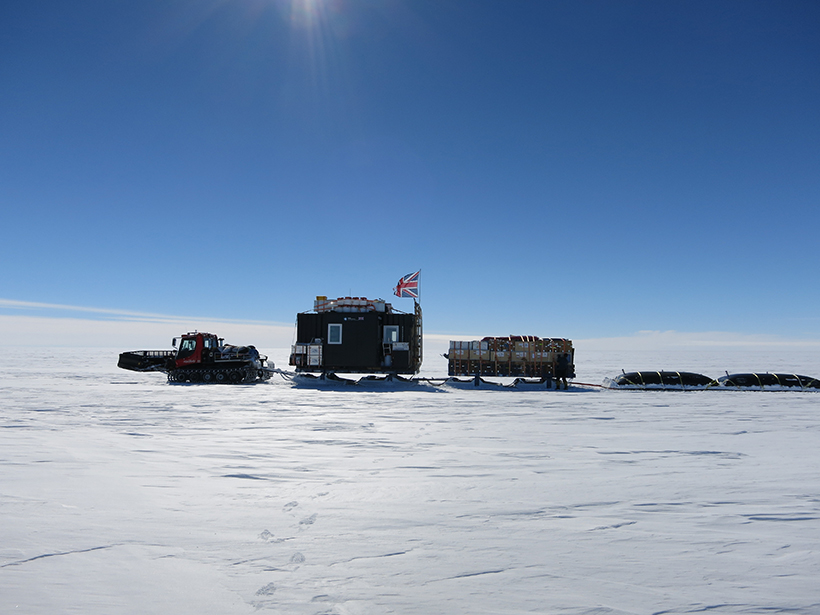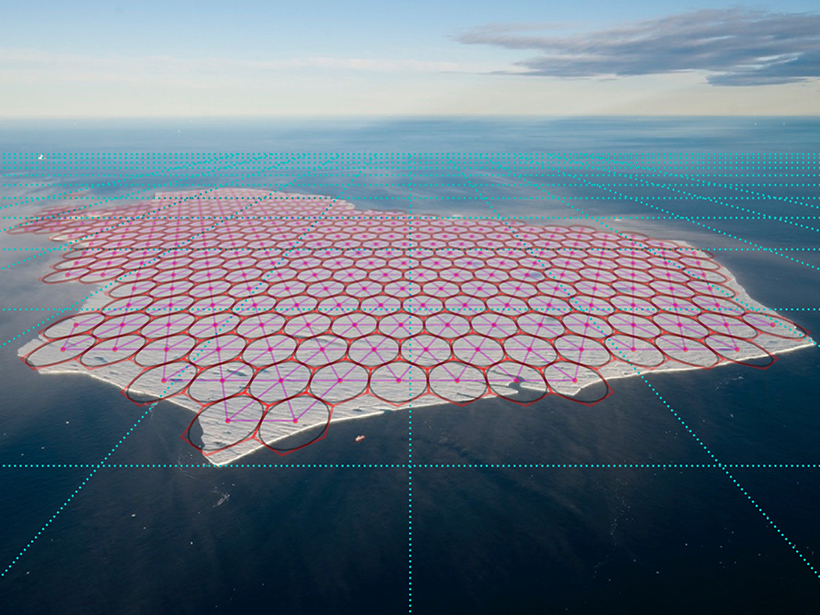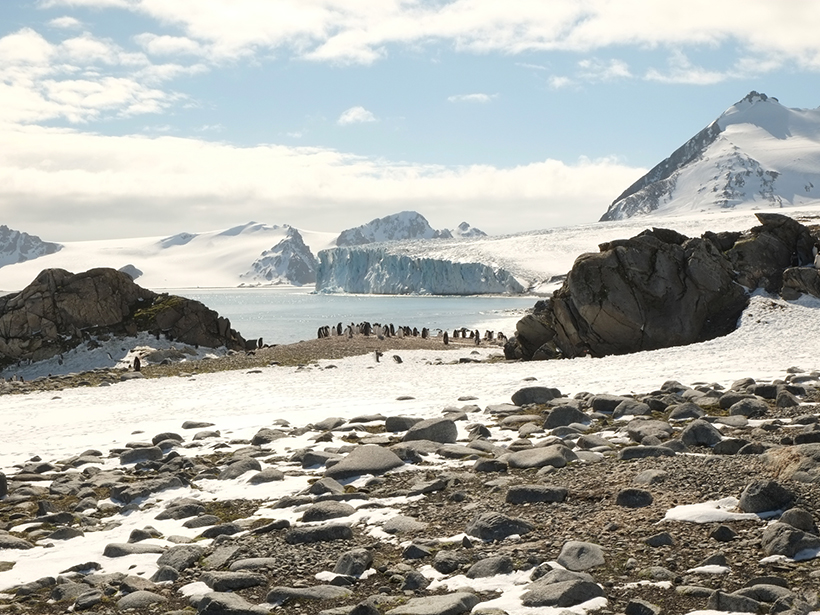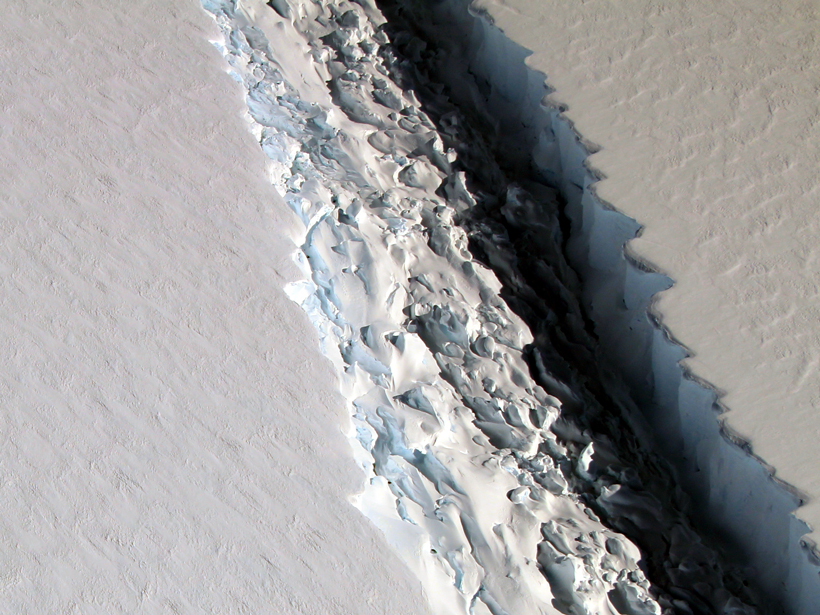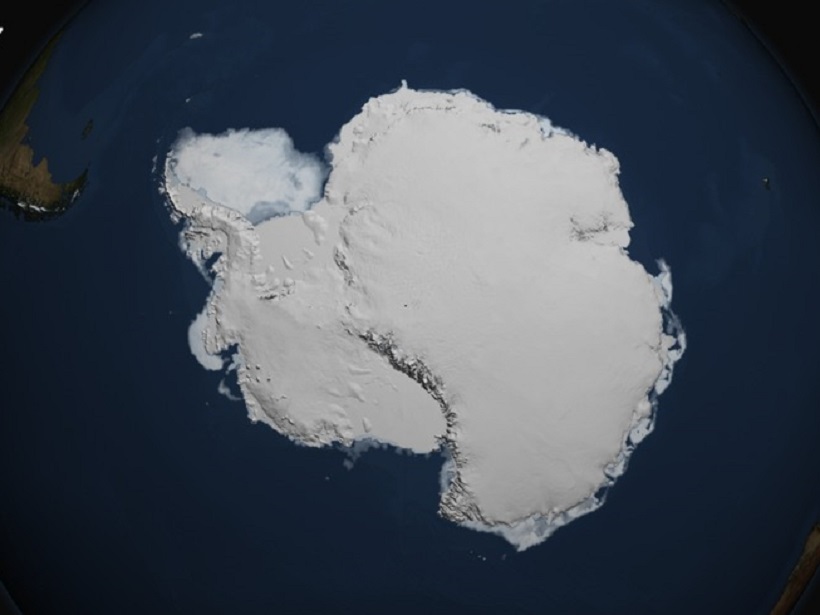Understanding changing conditions in the south polar oceans during the warm late Pliocene period may help predict the impact of contemporary warming.
Antarctica
Searching for Organic Carbon in the Dry Valleys of Antarctica
Researchers identify the first evidence of microbial respiration in desiccated Antarctic permafrost soils.
Pine Island Glacier and Ice Sheet Stability in West Antarctica
The iSTAR Programme Science Integration Meeting; Leeds, United Kingdom, 18–19 May 2017
Understanding a Changing West Antarctic Peninsula
The 1st Workshop of the SOOS WAP Working Group; Cambridge, United Kingdom, 15–16 May 2017
In Icy Waters: The Future of Marine Biogeochemical Research off the West Antarctic Peninsula; Chicheley, United Kingdom, 17–18 May 2017
Airborne Platforms Help Answer Questions in Polar Geosciences
International Workshop on Airborne Geodesy and Geophysics with Focus on Polar Applications; Dresden, Germany, 19–21 April 2017
How to Find an Iceberg’s Breaking Point
Researchers develop a mathematical method of modeling tabular icebergs, like the one that broke away from an Antarctic ice shelf earlier this year.
Antarctic Microbes Shape Nutrient Content of Snowmelt
As temperatures continue to rise, snow-dwelling microbes could accelerate melting and influence downstream ecosystems.
Six Points of Perspective on Larsen C’s Huge New Iceberg
A Delaware-sized slab of ice just broke off Antarctica. Now what?
The Uncertain Future of the West Antarctic Ice Sheet
A recent paper in Reviews of Geophysics discusses how climate change could affect ice streams, ice sheets, ice shelves, and sea ice in Antarctica.
Warm Waters in West Antarctica
A recent paper in Reviews of Geophysics describes the atmospheric and oceanic processes that are causing ice loss in the Antarctic.



